In an increasingly complex and rapidly changing world, digital governance has become a critical component in improving the governance structure of organizations. It provides a comprehensive regulatory framework that links policies, processes, and technology to achieve transparency, enhance efficiency, and ensure the achievement of strategic objectives.
In this article, we explore the importance of digital governance, and how it has become a necessity for achieving success and sustainability in the modern business environment.

What is governance?
Governance is a set of policies, rules, and procedures that regulate how organizations are managed and decisions are made to achieve strategic objectives. Governance aims to achieve transparency, enhance accountability, and ensure the efficient use of resources. It also focuses on providing oversight and guidance mechanisms that ensure a balance of interests among stakeholders, such as shareholders, employees, and customers.
Governance includes many areas, including corporate governance (Corporate Governance, Environmental and Social Governance (ESG Governance), and IT Governance.
Digital transformation has become a necessity to achieve the goals of organizations, and one of the most important elements of this transformation is the application of the concept of digital governance in the administrative structure.
Digital governance provides innovative solutions for managing projects, programs and portfolios within the organizational structure, ensuring alignment with the organization’s strategic plans. This represents a significant development from traditional governance concepts that were mainly based on paper-based procedures and administrative decisions not supported by data.
The concept of administrative structure
The administrative structure is defined as the organizational framework that determines how administrative activities are divided, and how roles and responsibilities are coordinated within the organization to achieve its goals. The administrative structure includes the distribution of tasks between departments, the chain of authority, communication channels, and decision-making mechanisms.
There are several types of administrative structures, including:
Functional structure: Divides the organization based on functions such as marketing, human resources, and finance.
Geographic structure: It depends on the distribution of business in different regions or geographical locations.
matrix structure: Combines functional and project structure to manage resources effectively.
Network structureIt relies on cooperative relationships between individuals and institutions rather than traditional hierarchies.

Important statistics and figures reflecting the impact of digital governance
Research shows that implementing digital governance can improve organizational efficiency by up to 30% in improving administrative processes and reduce decision-making time by 40%, according to global project management reports.
In another study, 70% of companies that adopted digital governance reported a significant increase in transparency and trust between employees and management.
In terms of investments, applying governance reduces risks by 25% and increases the success rate of projects by about 20%, especially in complex environments characterized by rapid changes.
These figures confirm that digital governance is not just a tool for improving performance, but rather a strategic investment to achieve long-term goals and increase the competitiveness of institutions in the markets.
The development of digital governance and its role in the administrative structure
Digital governance emerged as a modern concept to meet the needs of the modern era, witnessing continuous development. Initially, it focused on improving basic administrative processes, such as correspondence and document management, but with the development of technology, it began to integrate artificial intelligence, cybersecurity, and process automation technologies.
This development has allowed organizations to implement comprehensive project, program and portfolio management systems, enhancing their ability to plan and execute more efficiently.
For example, the digital governance framework allows for the setting of clear performance indicators (Key Performance Indicators (KPIs) accurately measure the success of projects, which contributes to improving the decision-making process. They also support the selection and comparison processes between programs and projects in line with the available resources and the organization’s strategy.
Moreover, digital governance has become an effective tool for managing change within the organizational structure, helping to engage all stakeholders, from senior leadership to field staff, in achieving common goals.
The importance of digital governance in the current context
In the face of contemporary challenges such as globalization, increasing complexity of business, and rapid development of technology, digital governance has become a vital element for organizations. Digital governance helps achieve the following objectives:
Promoting transparency and accountability: By providing clear and precise policies.
Improve decision making:Thanks to the reliance on data and smart analytics.
Managing change efficiently: By adapting to changing organizational needs.
Reduce risk: Through the application of accurate project selection and analysis processes.
Enhance competitiveness:It enables organizations to keep pace with technical and environmental developments.
Digital governance is an integrated solution that enhances the administrative structure and enables organizations to deal with current complexities, thus supporting their sustainability and growth.
The shift towards digital governance is a strategic investment for every organization seeking to excel in the modern business environment. By enhancing transparency, improving efficiency, and achieving its strategic objectives, digital governance provides organizations with the ability to achieve administrative excellence and ensure their continuity in a challenging market.
The most important governance tools in the world
Governance tools are the foundation on which organizations rely to ensure transparency, improve performance, and achieve strategic goals. These tools differ in their functions, but they all complement each other to achieve a comprehensive vision for managing institutions in an effective manner. The following are the most important global governance tools:
- systemCOBIT (Control Objectives for Information and Related Technologies)
The system isCOBIT is one of the most popular frameworks that helps organizations govern and manage information technology. This system provides tools to evaluate technology processes, set goals, and balance risks and benefits. COBIT helps organizations improve control of digital work environments and increase return on investment in technology.
- ITIL (Information Technology Infrastructure Library)
FocusesITIL improves IT service management by providing a framework that improves operational efficiency and enhances service quality. Many global organizations rely on ITIL to ensure that their technology services meet business needs.
- ISO 37001 (Anti-Bribery Management Systems)
This international standard helps organizations establish effective anti-corruption and bribery systems, ensuring:ISO 37001 promotes transparency within an organization and gives it legal and ethical tools to ensure compliance.
- PRINCE2 (Projects IN Controlled Environments)
It is consideredPRINCE2 is the leading project management tool, providing a comprehensive framework that can be customized to suit any type of project, with a focus on governance, risk management, and process documentation.
- Doc Suite SystemDocSuite)
DocSuite is an integrated system that focuses on document management and achieving comprehensive governance in administrative processes, which makes it stand out from other tools. The system relies on the latest artificial intelligence and cybersecurity technologies to ensure transparency and efficiency.
Advantages of DocSuite as a governance tool:
Smart Document ManagementThe system enables organizations to create, organize, and track documents in a completely digital manner.
Process automation: It contributes to accelerating administrative decision-making by automating routine procedures.
Transparency and Compliance: Ensures compliance with regulations by documenting all activities and accurately analyzing data.
integration: Supports the integration of operations between different departments to ensure the achievement of common goals.
Improve communication: The flow of information between departments is organized via easy-to-use digital tools.
- Balanced Scorecard (BSC)
The balanced scorecard is a tool used to measure performance and determine how well operations align with strategic goals, helping organizations direct resources to achieve long-term success.
- ERM (Enterprise Risk Management)
Enterprise risk management is a fundamental governance tool that helps identify, assess and mitigate risks to ensure business sustainability and achieve objectives.
Governance tools are the cornerstone of organizational success, and while some tools focus on specialized areas, such asITIL or PRINCE2, DocSuite stands out as an integrated solution that combines modern technology and process management in a comprehensive manner. Using these tools effectively helps organizations achieve their goals with high efficiency and transparency.
 تقدم الحوكمة الرقمية حلول مبتكرة لإدارة الهيكل الإداري بنجاح
تقدم الحوكمة الرقمية حلول مبتكرة لإدارة الهيكل الإداري بنجاح

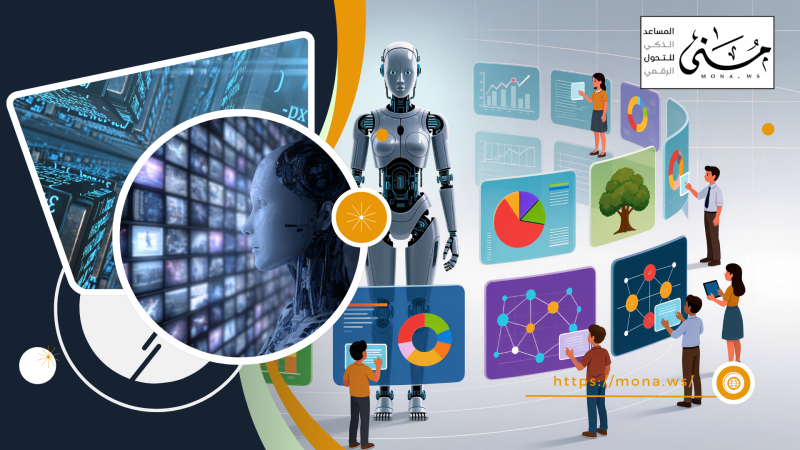

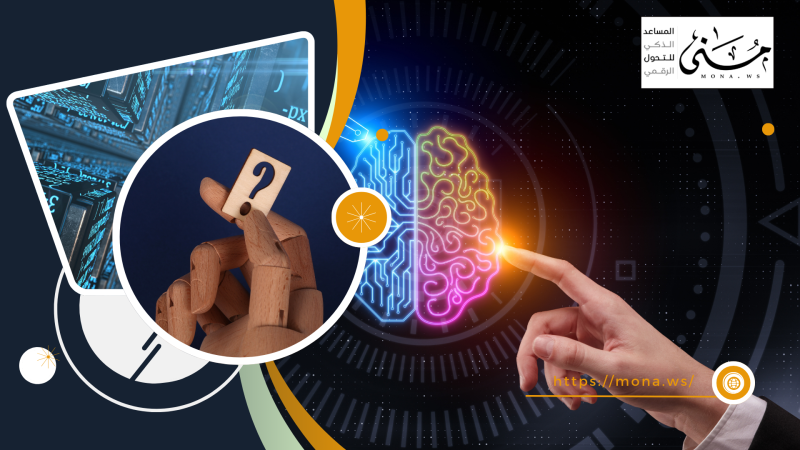

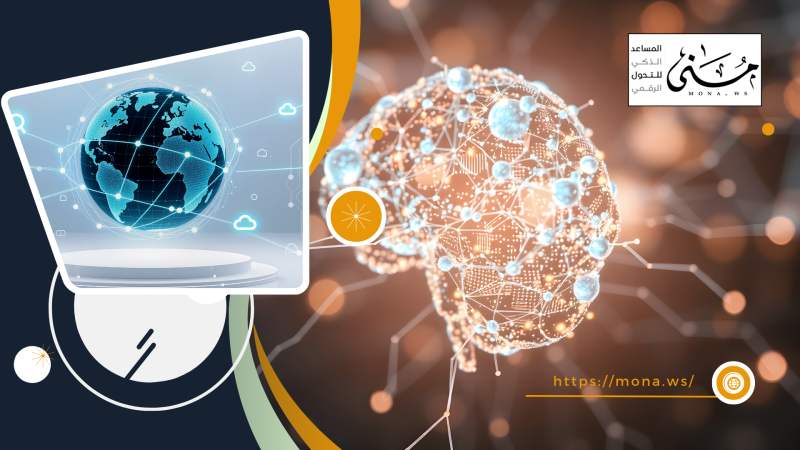
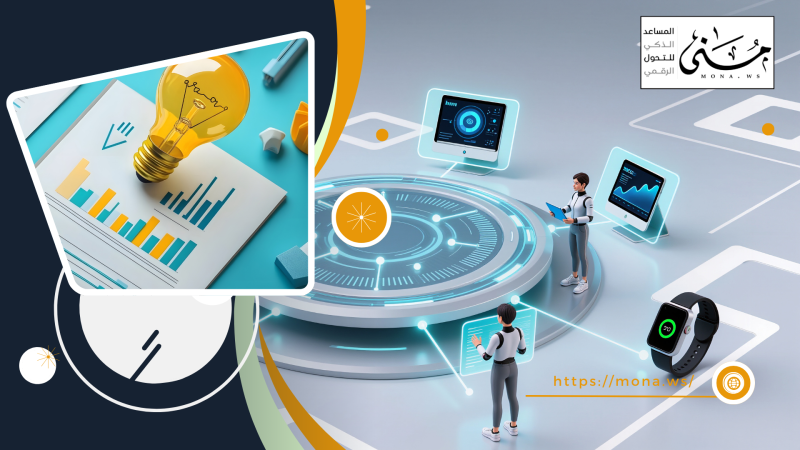
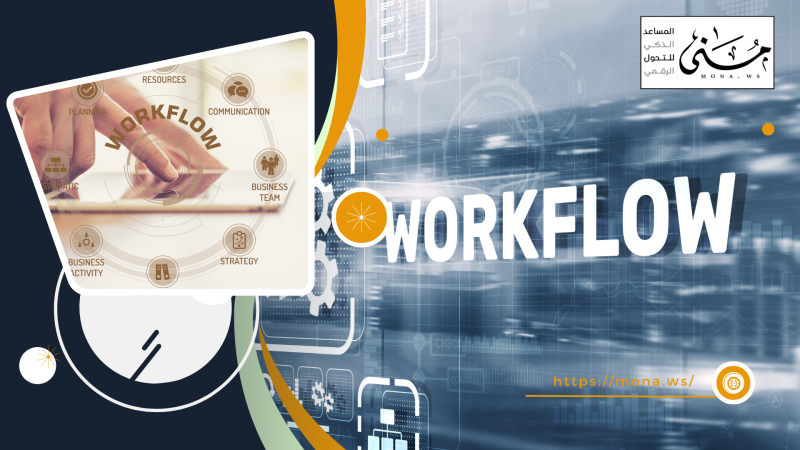
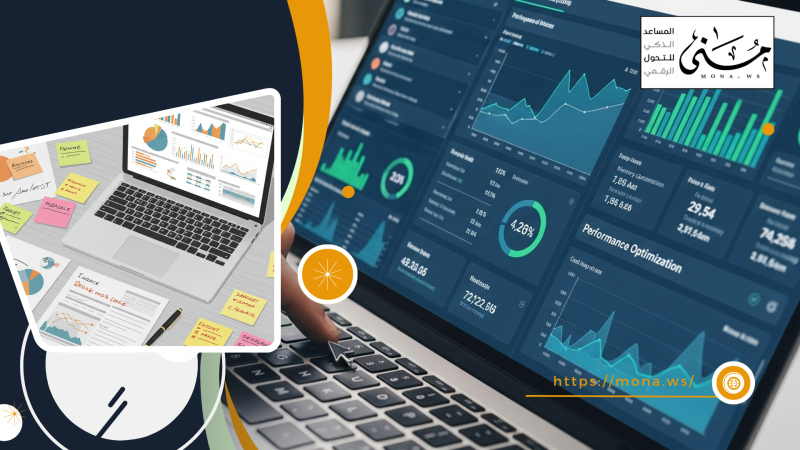

Comments
Add New Comment